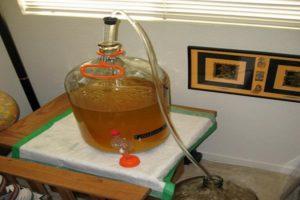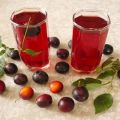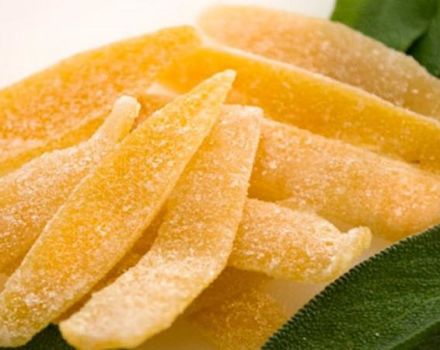Rules for storing wine in an oak barrel at home, aging features
Wine at home in an oak barrel improves the taste of the drink and makes it more refined, giving it a light oak aroma. Each winemaker, when making wine, gives preference to just such a capacity, as the result is a high quality alcoholic drink. It is important that the wooden barrel is made conscientiously, since the utensils used directly affect the properties of alcohol.
What happens to the wine in the barrel?
The wine is sent to a wooden container at the maturation stage, which begins after the end of fermentation and can last for several years. The oak is actively involved in this process.
Enriched with oak aromas
When young wine comes into contact with the walls of the barrel, it begins to absorb oak extracts, complementing the bouquet with original notes:
- the smell of vanilla, cinnamon, cloves;
- sweetish aromas of caramel, chocolate;
- tannins;
- smoky and woody shades due to the burning of the surface of the container inside;
- notes of tea and tobacco.
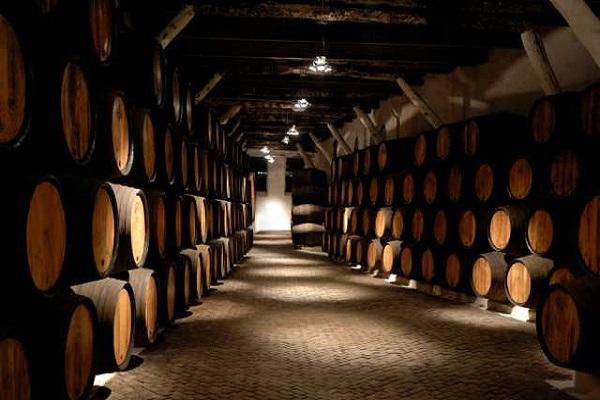
Concentration of taste and aroma
During aging, the wine evaporates (from 2 to 4.5% of the volume annually), and the rest of the drink acquires more intense taste. It is not recommended to allow excessive evaporation, since the space in the container that has been freed fills with air, from contact with which the wine begins to oxidize intensively. Therefore, through a specially designed hole, it is necessary to regularly add wine of a similar type to the barrel.
Aeration
Despite the fact that contact with air during the ripening period is not allowed, in small doses it has a positive effect on the organoleptic characteristics of the drink. Oxygen enters the container through the micropores of the tree. Under the influence of an oxidative reaction, the properties of wine change:
- the astringency of the finished product decreases due to the softening of tannins;
- red wines acquire brick tones, and white drinks begin to darken;
- the level of acidity decreases;
- there is a change from fresh energetic aromas to delicate fruity tones.
Aged wine in a barrel forms a balanced bouquet of aromas, making the alcohol rich and complex.
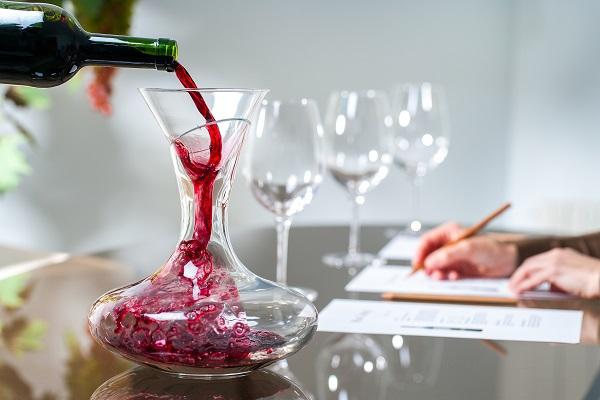
Advantages and disadvantages of aging wine in wooden barrels
An oak barrel designed for making and storing wine has many advantages:
- Accelerated wine maturation process due to the penetration of a small amount of air through the pores of the wood.
- The presence of a special taste and aroma.Under the influence of tannins, notes of caramel, vanilla appear in the aroma, and in the taste - cinnamon, cloves.
- High degree of strength. Chemical and biochemical processes are carried out on the surface of oak staves: wine extracts aromatic substances from wood, including tannin, which gives the drink a special strength, makes it complex, and also prevents the product from spoiling, and inhibits oxidation processes. It is estimated that a 225-liter barrel can enrich wine with 50 mg / l of tannin for 1 year, which is especially important for the full maturation of table red wines and many dessert drinks.
- Beneficial features. Wine is poured into barrels without processing, since the wood species is a natural preservative. Therefore, the drink retains all its healing qualities, a complex of vitamins and minerals. And due to the lack of heating of products, it has maximum benefits for the body.
- An ecological product. Oak is hardened by the influence of moisture, so the barrels are durable and reliable. Wood is capable of absorbing various impurities, which has a beneficial effect on the quality of the wine. Also, oak, as a natural antiseptic, cleanses the product from harmful substances and toxins.
- Durability. A product made of quality wood, made using the correct technology, will serve for a long time.
Of the shortcomings, winemakers note only the high cost of an oak barrel.

What barrels the wine is aged in
There are several options for wine barrels made of oak:
- Bordeaux barrique with a volume of 225 liters, weighing 45 kg is used for aging both red and white wines.
- Burgundy keg for excellent drinks. Its capacity is 228 liters.
- Tanks with a large volume, round or cylindrical: botti (from 400 to 5000 l), demi-mui (600 l).
- Karatello - from 25 to 200 liters.
Small containers are often used in winemaking.
Due to the large area of contact with the wood, the drink ages at a high rate and is saturated with chemical compounds such as tannins.
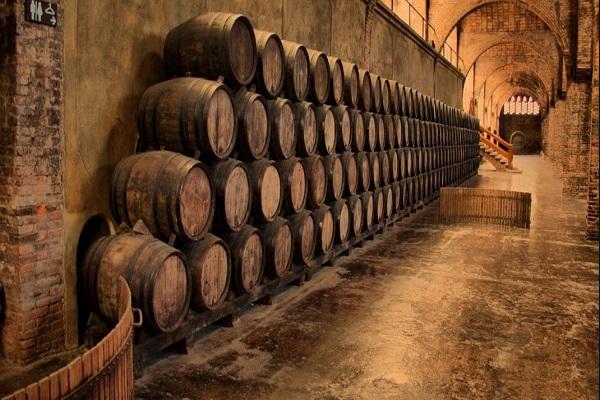
Which wine is right?
Not all wines require barrel aging. Light red wine, endowed with a fruity flavor, in harmony with oak. Grenache, Shiraz, Merlot can be kept in new containers. A large number of white wines, due to technological features, do not possess tannins. They are fragile and usually mature in steel containers. The exception is wines made from white grape varieties Riesling, Chardonnay.
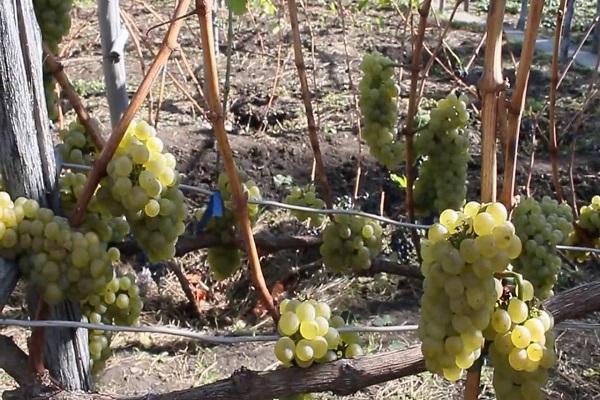
How to properly prepare the container?
It is not recommended to pour young wine into a new barrel. The container must be prepared in advance. To do this, you need to perform the following procedure:
- To do this, fill the barrel with cold water and change it once every two days. Carry out the procedure until the water stops darkening.
- After that, the barrel should be scalded with boiling water, filled 1/3 with boiling water, and rolled on a flat surface so that hot water moistens the walls inside. The steam will speed up the swelling of the riveting, and the small cracks will close faster and the barrel is disinfected.
- At the next stage, rinse with a hot 2% solution of soda ash (20 g of substance per 1 liter of water). Fill the barrel halfway with the prepared working composition. You can wash it by swinging it on the ground for 30-40 minutes.
- Pour the soda solution and rinse with special care with hot water until the soda is washed off and the water is completely clean. Then wash with cold water.
- Turn the washed container upside down, pull out the plugs, open the tap and let the remaining water drain, and immediately pour wine.
Barrels that previously contained wine also need preparation. Otherwise, the alcohol produced can become infected with mold. To do this, they must be rinsed using a soda solution (100 g / 5 l) and rinsed well with cold water.
Advice! Before filling a wooden barrel with wine, it is recommended to fumigate it with sulfur dioxide. The procedure should be carried out constantly before filling the container.
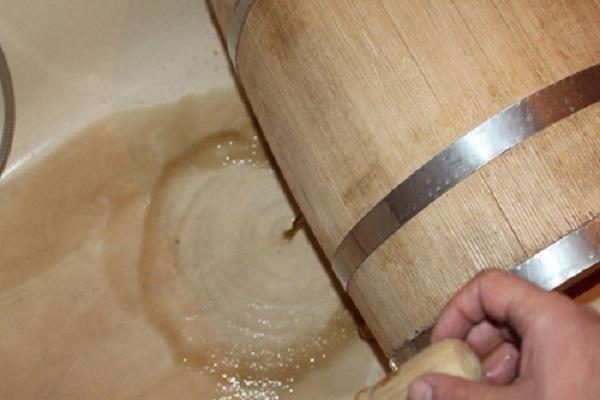
How to store a heady liquid in a wooden barrel at home
An alcoholic product will only reveal its bright taste and characteristic aroma if it is stored correctly.
Barrels filled to the top with wine are kept in special cellars with an air temperature of 10-15 degrees. With higher values, evaporation will increase, as a result, the aging of the product will accelerate, and with lower values, all processes will slow down. The humidity level is 90 percent. Also, the place should be without access to light. Ultraviolet radiation provokes biochemical processes that impair the color and taste of the drink.

In cellars and basements, barrels must be installed on special beams, since the container will quickly deteriorate on the ground, and foreign substances will be felt in the wine. It is forbidden to store food or objects with a strong smell near the barrels.
The service life of a white wine barrel is no more than 7 years, and that of a red wine barrel is about 5 years.
In the absence of a cellar or cellar, the best alternative would be a wine cabinet, which maintains ideal conditions for the preservation of wine. Its use will preserve the taste of the drink for a long time, will allow it to ripen, revealing its qualities to the maximum.
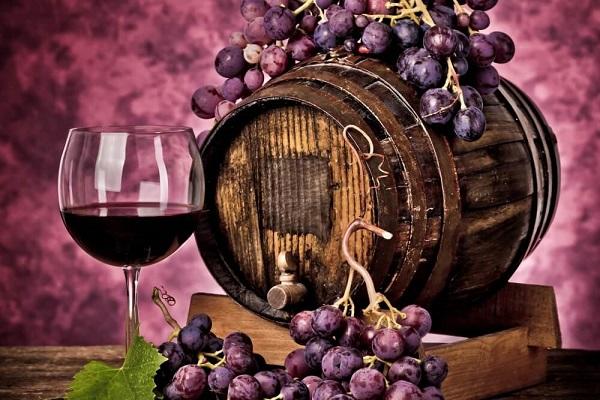
Storage of empty drums
Store empty drums in a dry place, as mold can form on the inside of the drums. It is recommended to regularly fumigate the container with sulfur (once a month), then seal it with a stopper without fail.
There is another way to store barrels. To do this, you need to fill them half with water, add sulfuric anhydride (100 ml / 1 l) and tartaric or citric acid. In this case, the water for washing the barrels should be of high quality, preferably drinking. Stir, plug the hole with a plug and roll the barrel for 5-10 minutes, drain. Then fill the container to the very top, using cold water, seal it tightly and send it to safety.

